Tesla CEO Elon Musk says that the company will have humanoid robots for internal use next year as the company moves to address lingering challenges including the delay in producing its “Optimus” lineup of humanoid robots.
Tesla CEO Elon Musk is known for being a master showman and hype man when it comes to his growing empire of companies. While Tesla’s automotive business is often the side of the company that gets the most attention, it can also be easy to forget that the billionaire indulges in other pursuits. That includes robots with Musk recently expanding his presence in this growing sector of the commerical market.
This expansion is also encouraging Tesla to aggressively enter the world of robotics with Musk confirming that the company will begin using humanoid robots in some of its internal operations next year in a sign that Tesla is preparing for a broader rollout of robots that will eventually cover a wide range of needs and markets including in the commercial sector as it attempts to navigate choppy waters in the EV market.
Robots will be used in certain situations
According to Musk, the humanoid robots are slated to enter “low volume production” next year, with Tesla using the first wave of these robots to perform functions and tasks internally. While Musk didn’t elaborate further on what these tasks might entail, we suspect that they will be used for work that is either too dangerous or tedious for human workers including logistics, warehousing, and manufacturing where their presence will enhance safety while also boosting production at the same time. Tesla’s apparent move into robotics is built on precedent with Honda and Hyundai’s Boston Dynamics firm building similar robots for the past few years with the same goals of improving safety and production. Tesla’s humanoid robots might even be used in vehicle factories with the bots serving as a new tool to enhance and streamline production of electric vehicles.
Tesla’s Optimus humanoid robots will also serve as another potential revenue stream for the company which is important as Tesla deals with slumping EV demand and lingering investigations into the safety of its technologies including AutoPilot and Full Self Driving (FSD) with the two features being responsible for a growing number of vehicle accidents. The additional revenue will help soften the impact generated by these slumping sales and allow the company to diversify its operations at the same time.
More Tesla Stories
- Tesla Sales Set New Record – But Automaker Faces Major Challenges Entering 2024
- Angered by Tesla Supercharger Cuts – Competitors Look to Rival Ionna Network
- Tesla Autopilot Takes New Heat – And California Says the Name is Part of the Problem – Headlight.news
A history of broken promises
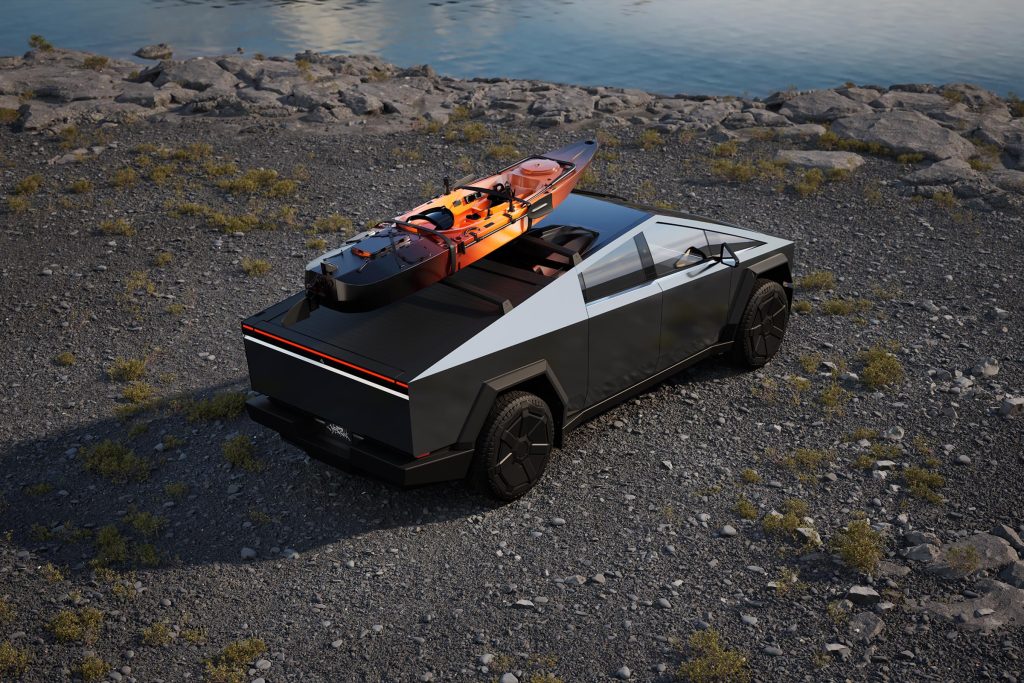
Broken promises have been a part of Tesla’s history but Musk’s shift into robotics and other non-EV markets suggests he’s attempting to branch out into other technology markets.
While Elon’s latest bold announcement seems impressive in theory, it should be taken with a grain of salt since the CEO also has a history of not delivering the goods on other items that he has promised. For example, Musk said to investors back in 2019 that the company would launch a fleet of robotaxis by 2020 but failed to deliver on that promise. The vehicles are still not in service as of 2024 and the company recently announced that it needs more time to develop the taxis for real-world use.
Other broken promises include the second generation Tesla Roadster as well as multiple delays that are attributed to the Tesla Semi truck, while the Optimus robot itself is delayed.
Musk has also noticeably pivoted away from EVs recently and he’s instead putting a greater emphasis on AI, autonomus driving technology, and robotics in an attempt to promote the company’s other offerings due to challenges in the EV market. It will be interesting to see if Tesla can keep its word on the broader rollout of these robots or if it will be yet another broken promise.

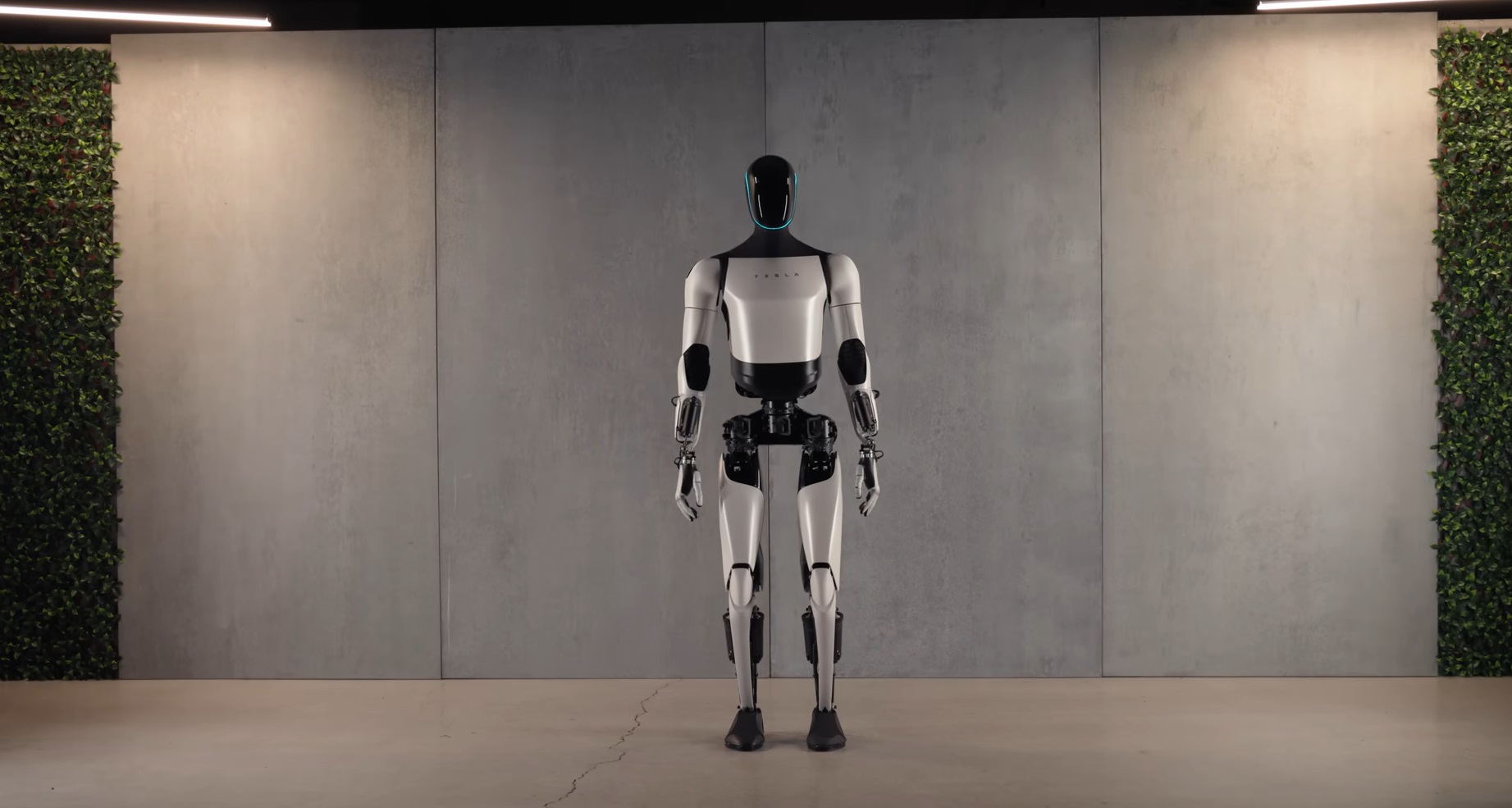

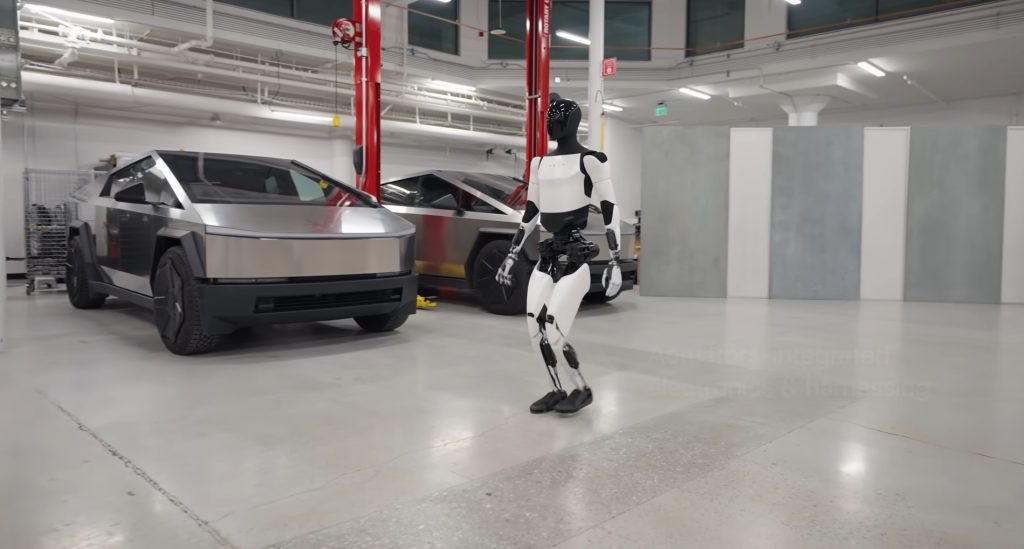
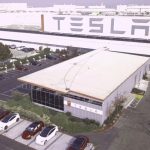

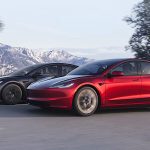
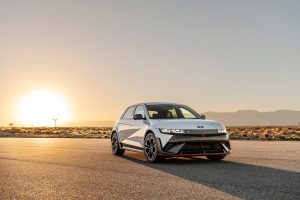
0 Comments